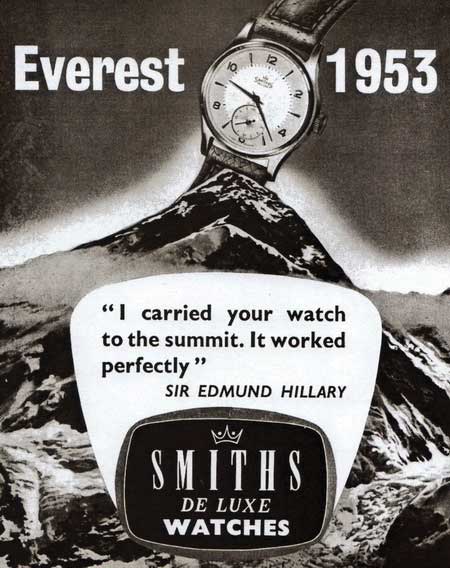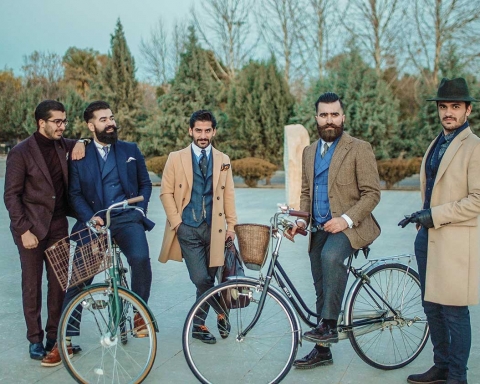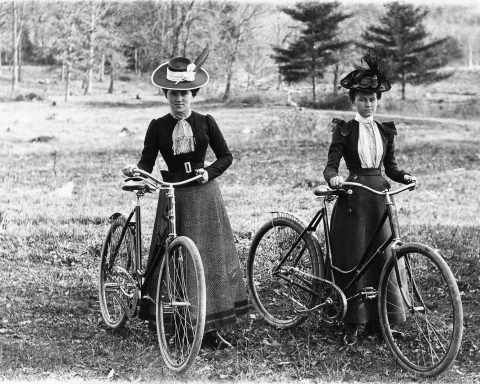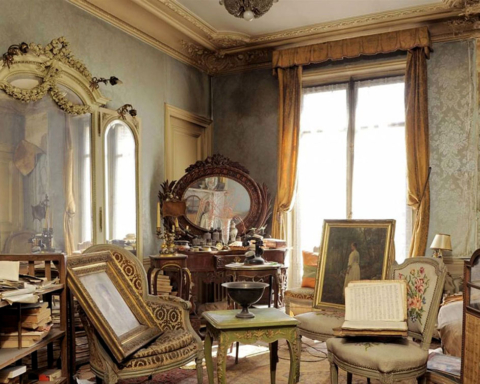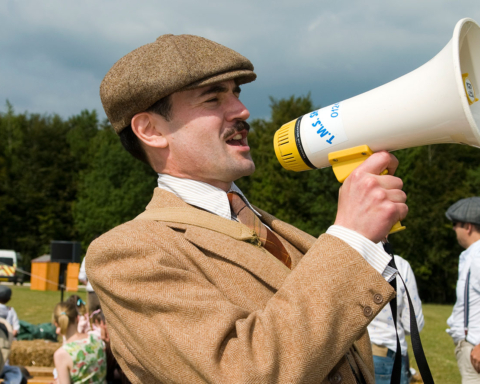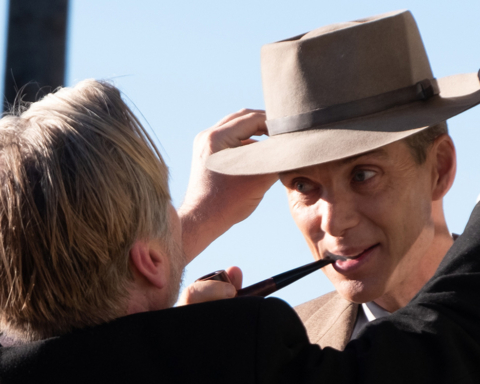Rev’d Oliver Harrison:
Somewhere between the vulgarity of checking the time on one’s phone and the sheer pomposity of tugging out a pocketwatch’s gold chain lies the wristwatch. And of all the accoutrements a man might acquire, it is surely his watch that says most about him.
Here I must confess to a penchant for vintage timepieces. And of all the makes and models I like, it is old military ones and old English ones I love the best. Indeed, in a few examples, both criteria conspire to be present at once, like the overlapping circles of a Venn diagram: the vintage English military watch.
Perhaps the best-known make of English watches was Smiths. They had contracts with the MOD to supply military watches (and clocks, including in the cockpit of the Spitfire, as well as dials and gauges for many other iconic British vehicles: Land Rovers, Minis, Rolls Royces and most motorcycles). At the other end of the spectrum, Smiths also made “dress” watches with hallmarked silver or gold cases, which look exquisite when worn with a suit.
The best Smiths watches were made under the “De Luxe” or “Astral” marques by craftsmen in the Cotswolds. Featuring 15 or 17 jewel movements, they are beautiful miniature examples of great British engineering and manufacturing. (The cheaper Smiths watches had only 5 or 7 jewels and went by the name “Empire”. They were made in Wales and say “Made in Great Britain” on the dial rather than “Made In England”. Avoid them.) Smiths’ less dressy models are just as good, too: the iconic 1215, with its sub-dial showing the seconds down at the 6 o’clock position, is lovely, if a little small by modern standards. This, though, is the same watch that Sir Edmund Hilary wore on his ascent and conquest of Everest.

The problem with vintage watches is that they were very precisely made and finely balanced mechanisms. A watch is “beating” 6 or 8 times a second and some parts are moving continuously. The jewels – synthetic rubies used as pallet stones and bearings – are in direct contact with metal teeth and gears, all pushing and pulling and turning and hammering against each other. Over time, the oil breaks down and loses its lubricating properties, becoming thick and sticky or migrating away from where it is needed. Water ingress becomes a risk, as seals and gaskets around the caseback and crown dry out and become brittle. Put it this way: lovely as vintage cars and motorbikes are, would you really want to have one as your only means of transport, in all weather? On motorways? With no “mod cons” or even guaranteed reliability? It’s a nice idea, but probably not practical.
Enter, then, the genius that is Eddie Platts, owner of Time Factors. He has bought the rights to several old English watchmaking companies – including Smiths and Precista – and is busily re-making some classic pieces from their back catalogues, upgrading the original specs along the way to include more recent innovations (e.g. sapphire crystals with anti-reflective coating rather than plain glass; stainless steel cases rather than nickel-plated base metal ones). This, truly, is the best of both worlds: vintage looks – faithfully reproducing the original designs – with new movements and some subtle improvements to ensure both accuracy and robustness, the two things often lacking in “real” vintage timepieces. Indeed, Time Factors are to be saluted not merely for rescuing old brands, nor even for re-issuing their wares but (and I do not use the word lightly) resurrecting some beautiful and historic watches.
May I suggest chaps here might like to take a look at three of Mr. Platts’ creations: the seriously rugged Smiths “Everest” (with an automatic “self-winding” movement on a chunky metal bracelet); his rather wonderful and quirky “Radio Room” watch (with a delightfully eccentric dial divided into red and green sectors, based on the famous clocks used in the Battle of Britain command centres) and his Precista “Czech Air Force” – a real old-fashioned hand-wound watch on a hand-made leather strap with almost Art Deco styling (the original was made in 1938).

Yes, you can take a punt on an old watch at an auction, hoping it’s been serviced and is a good runner (much like an old car); yes, you can spend a four or even five figure sum on a soulless Swiss status symbol to strap on your wrist. But with Eddie Platts making new old watches, it seems daft not at least to take a look at Time Factors’ offerings.

